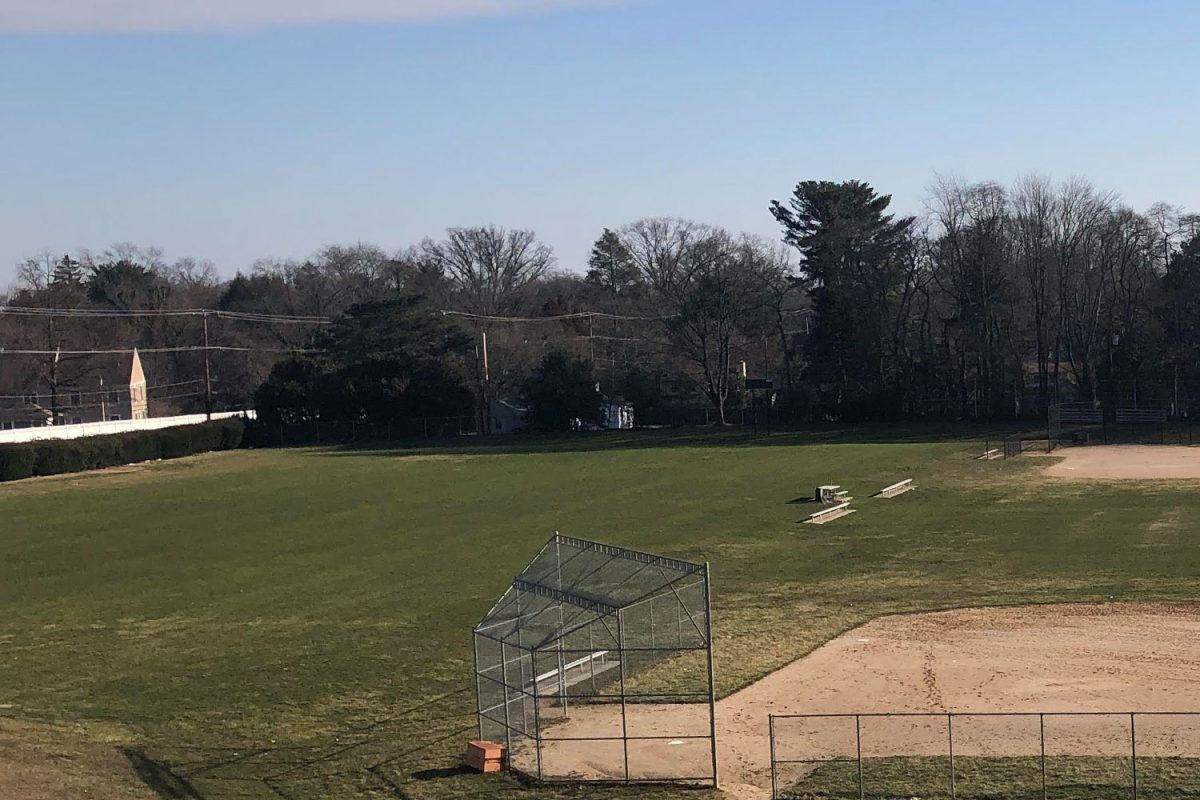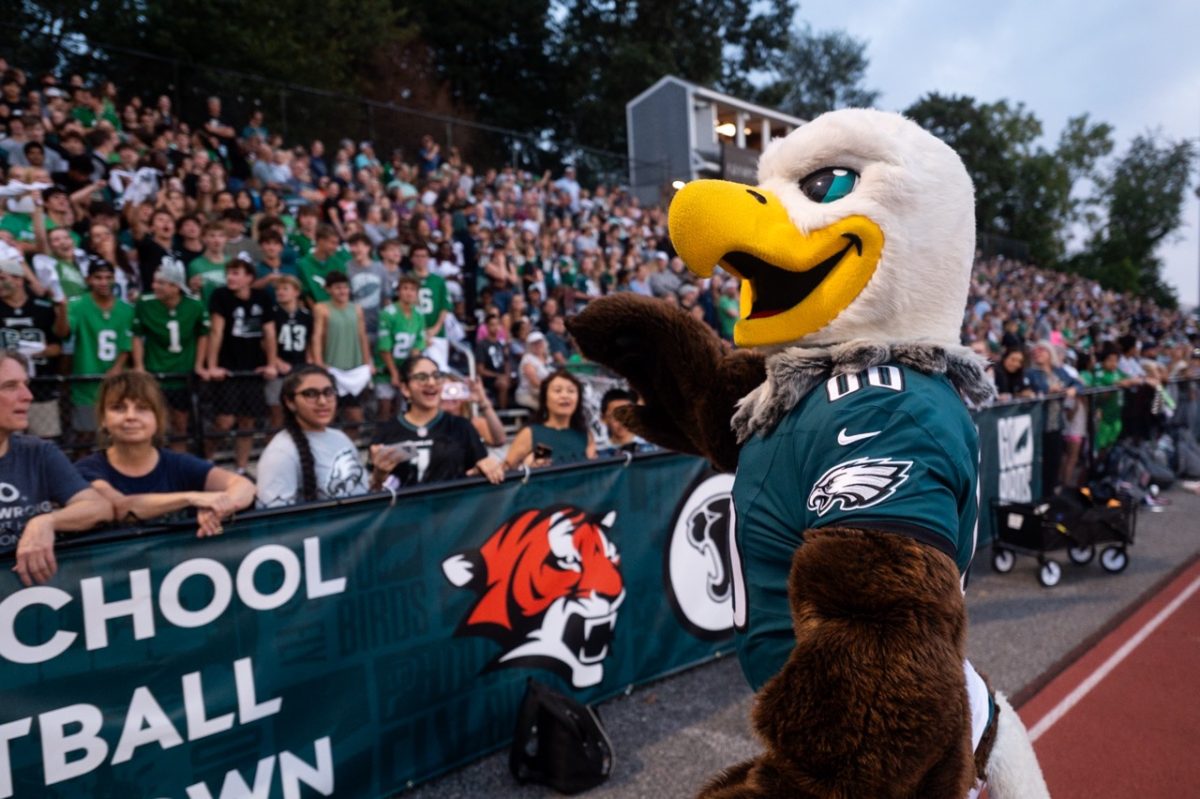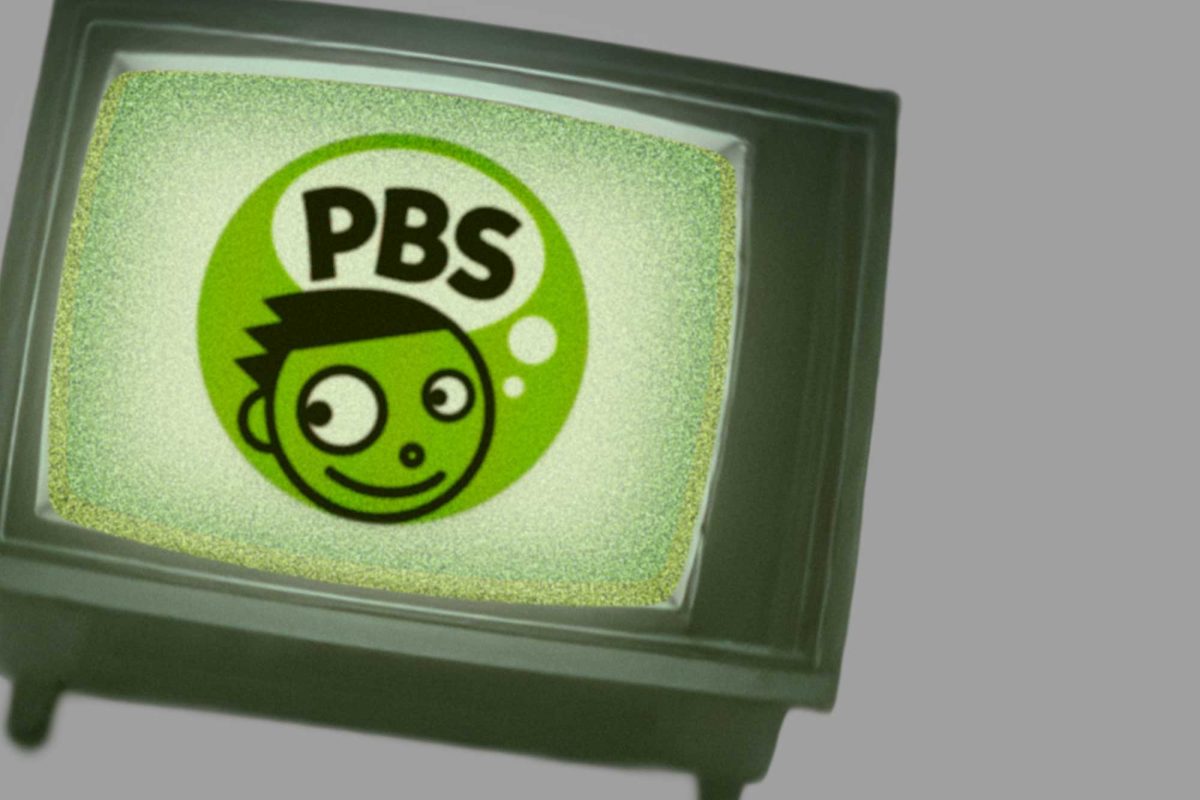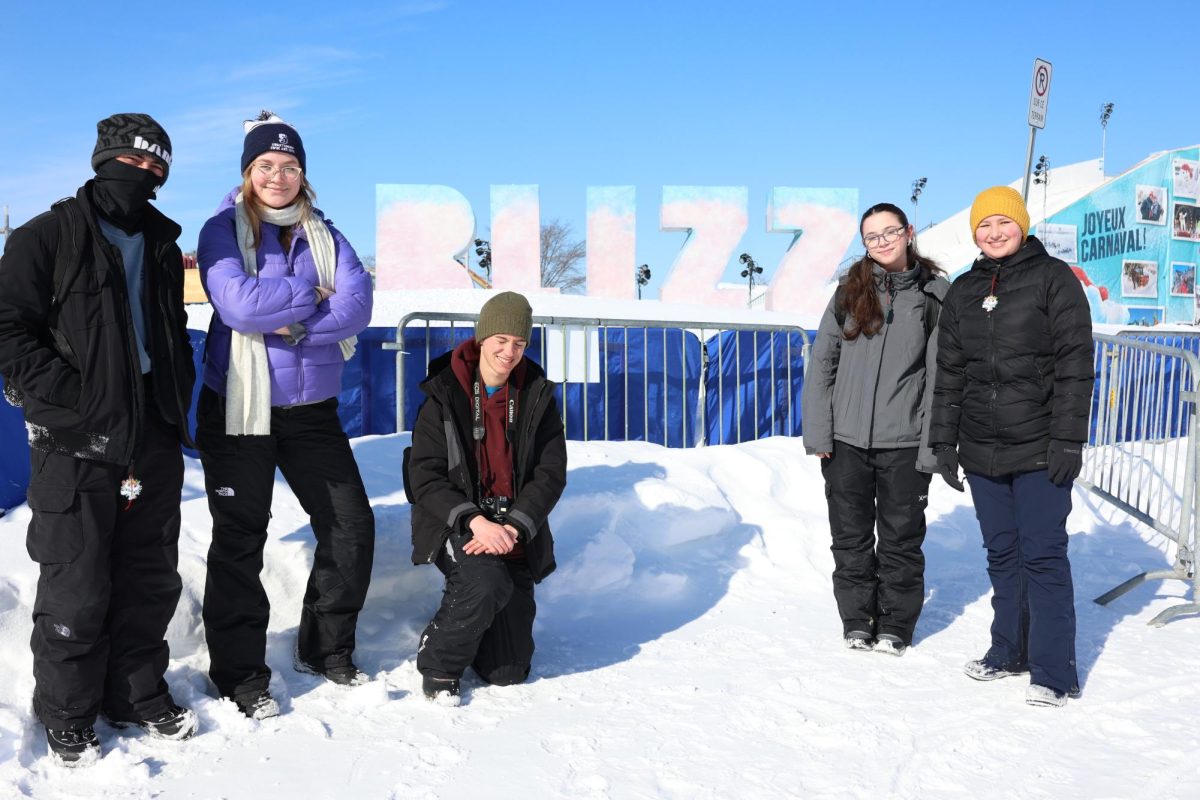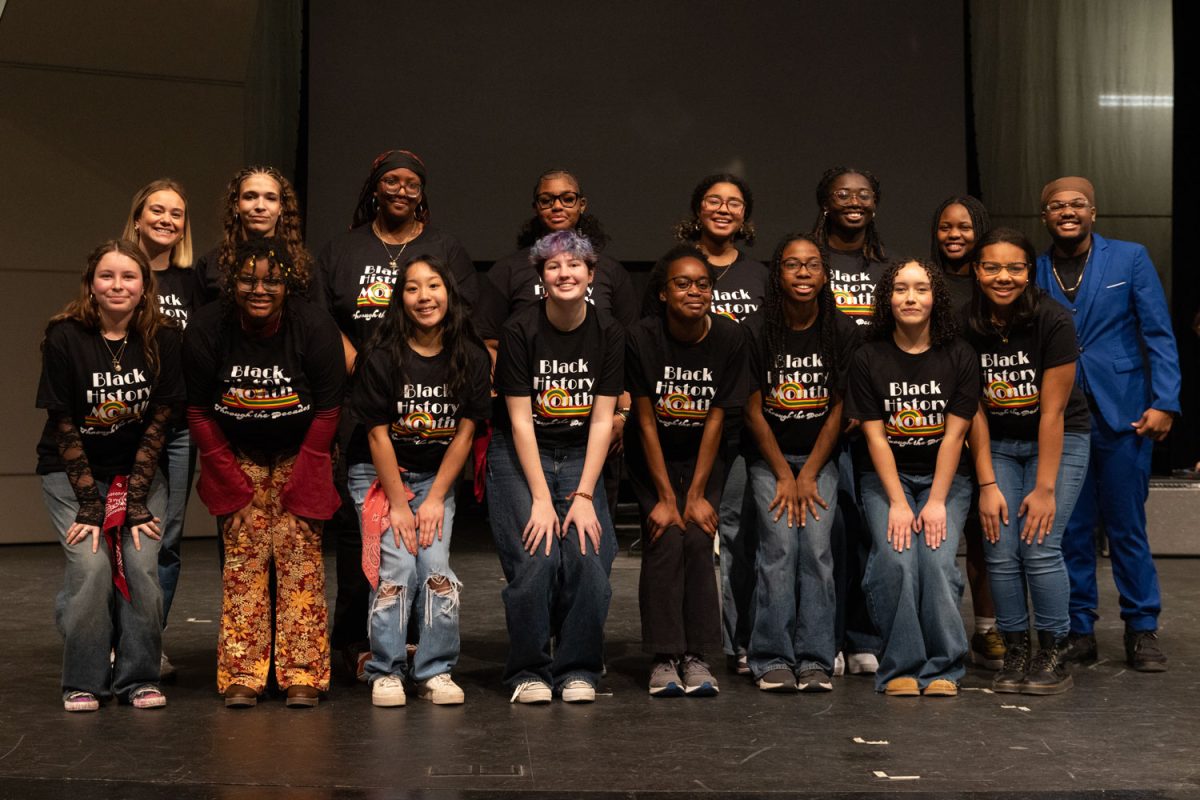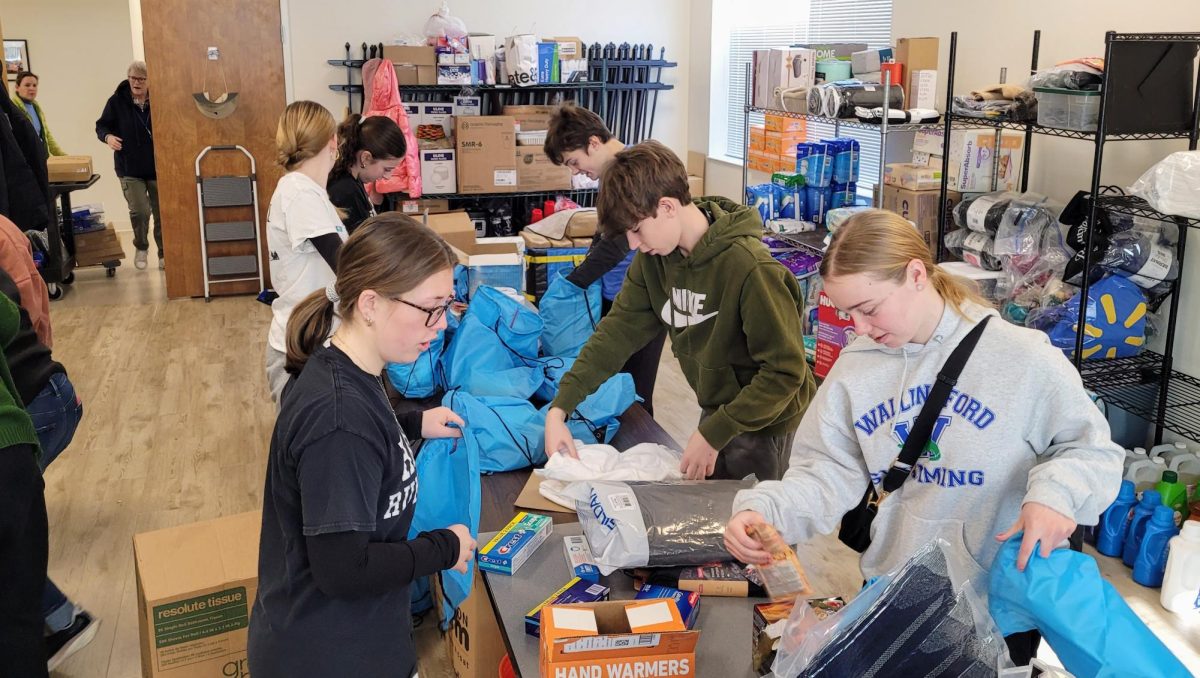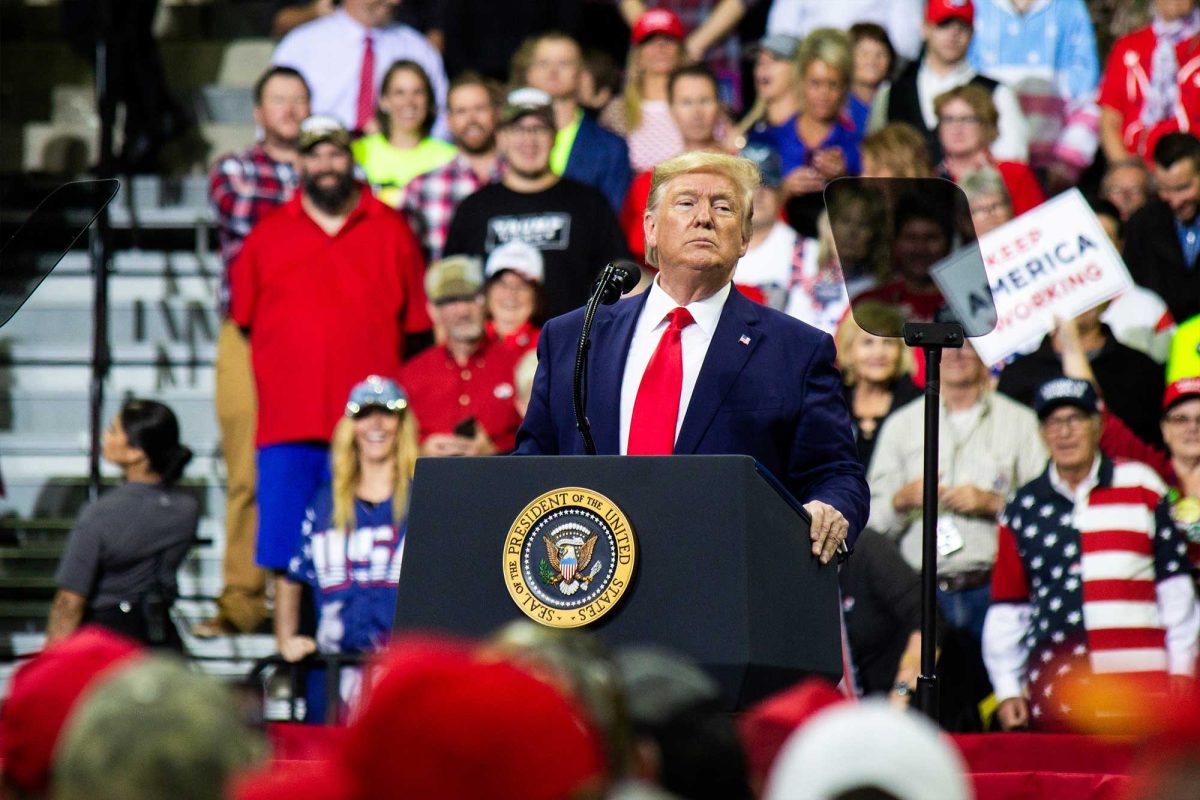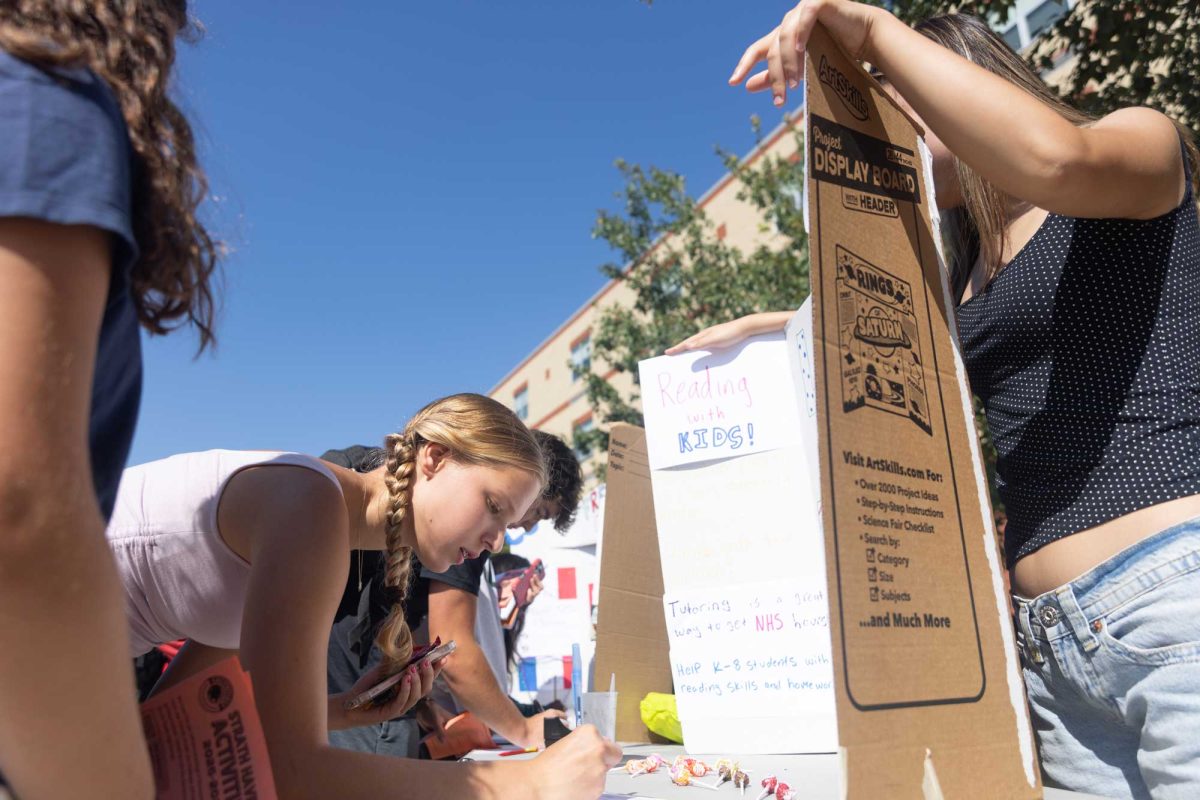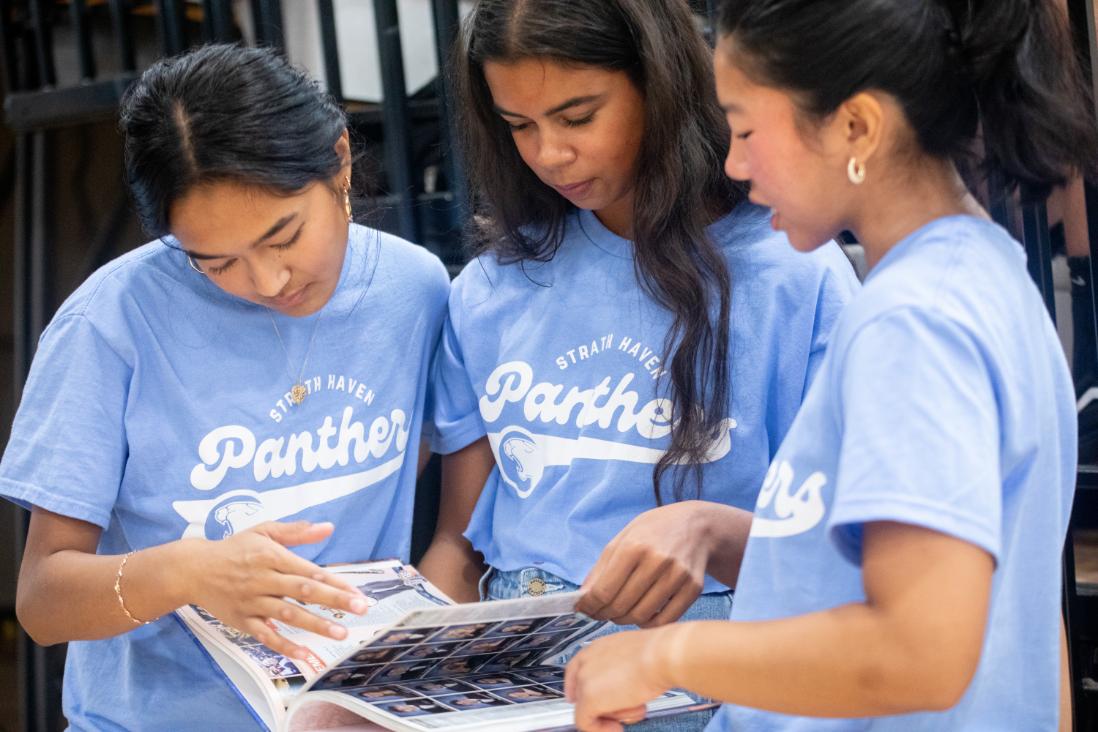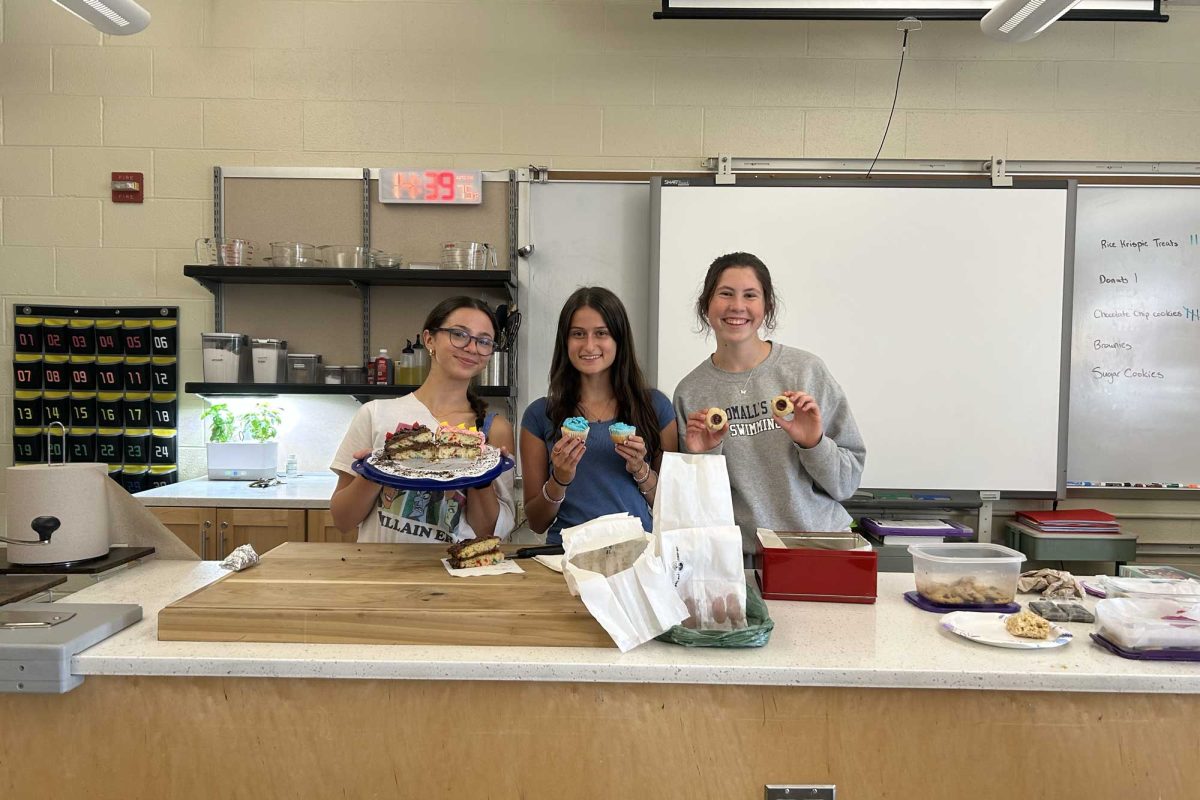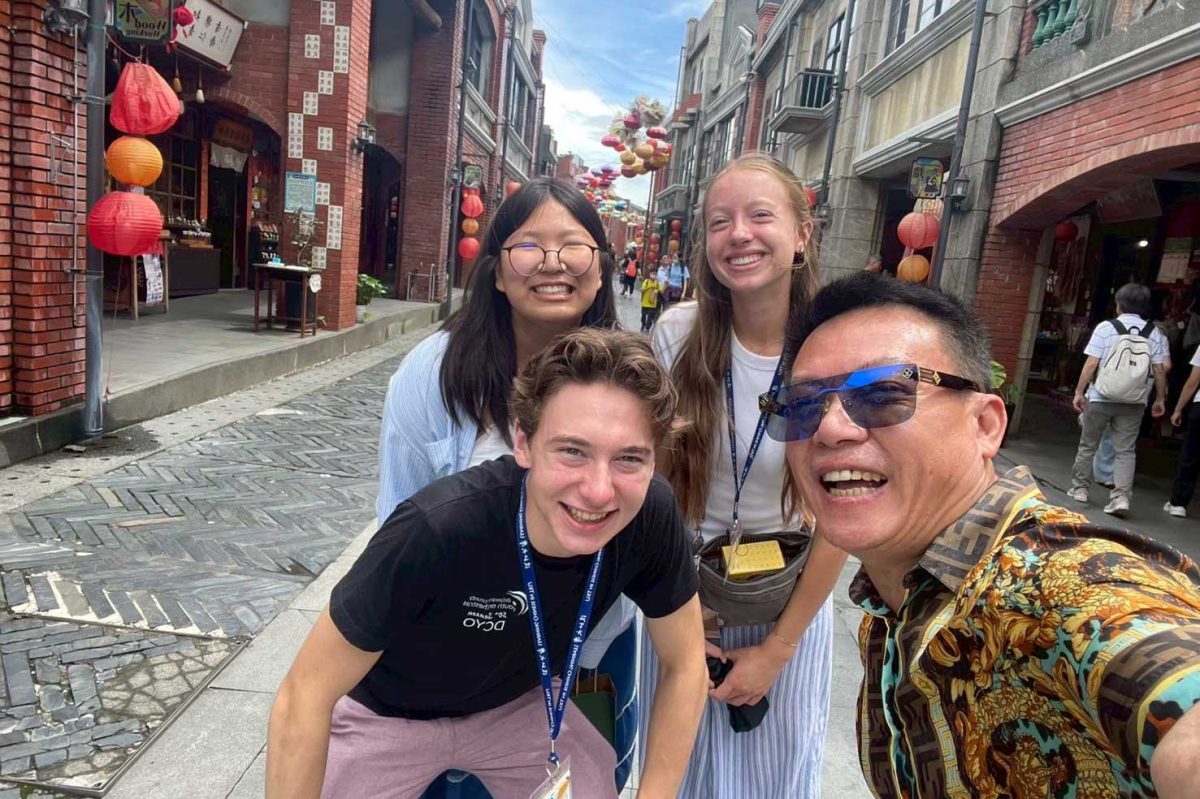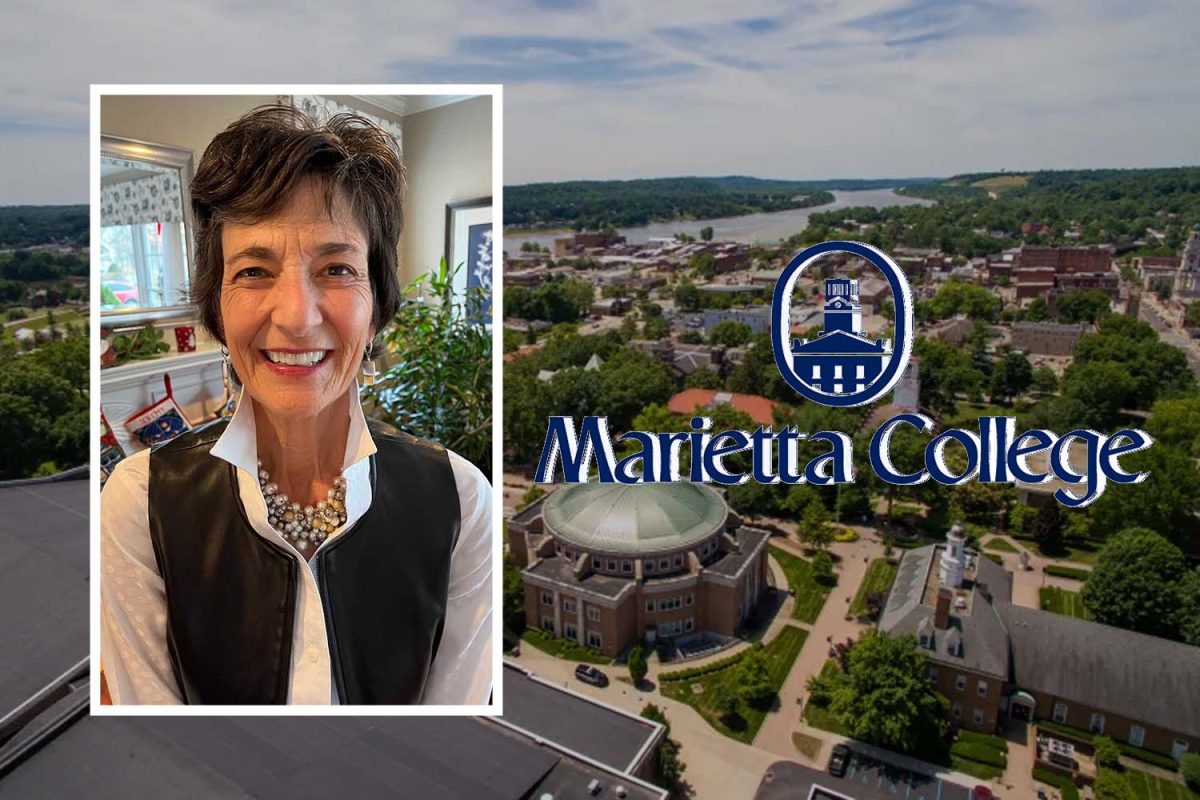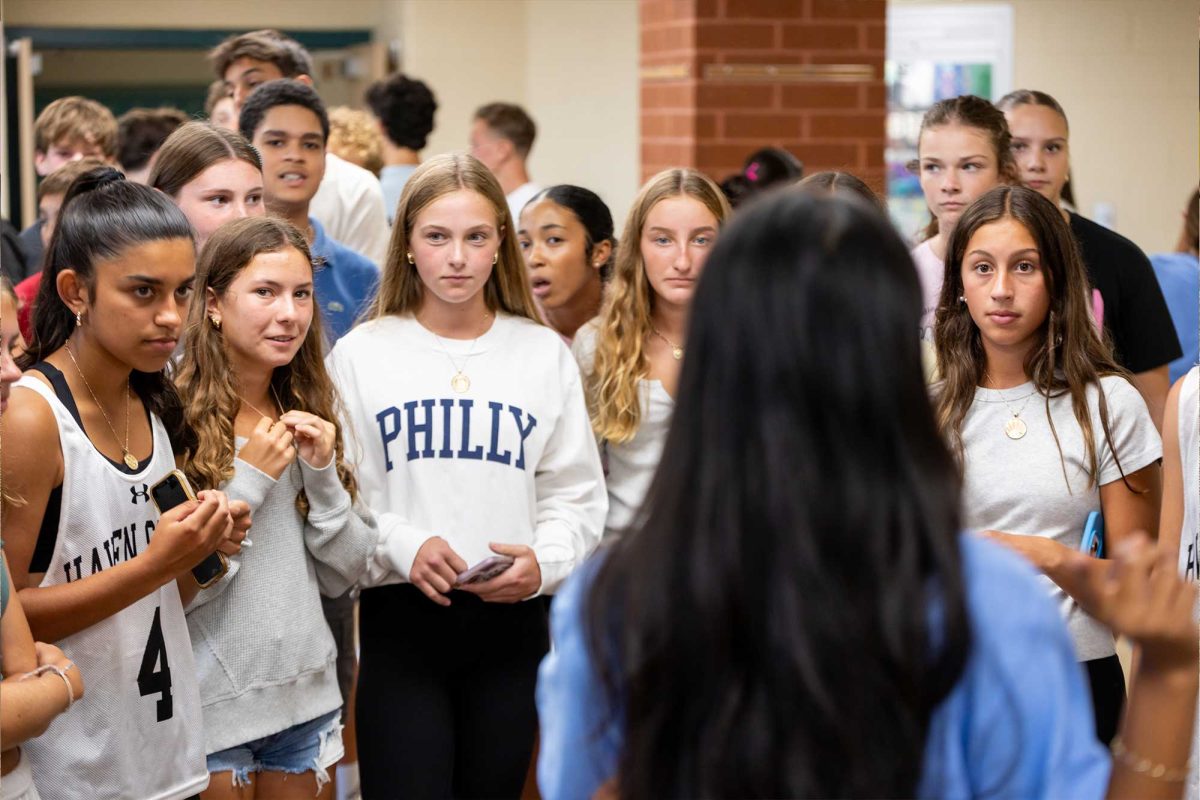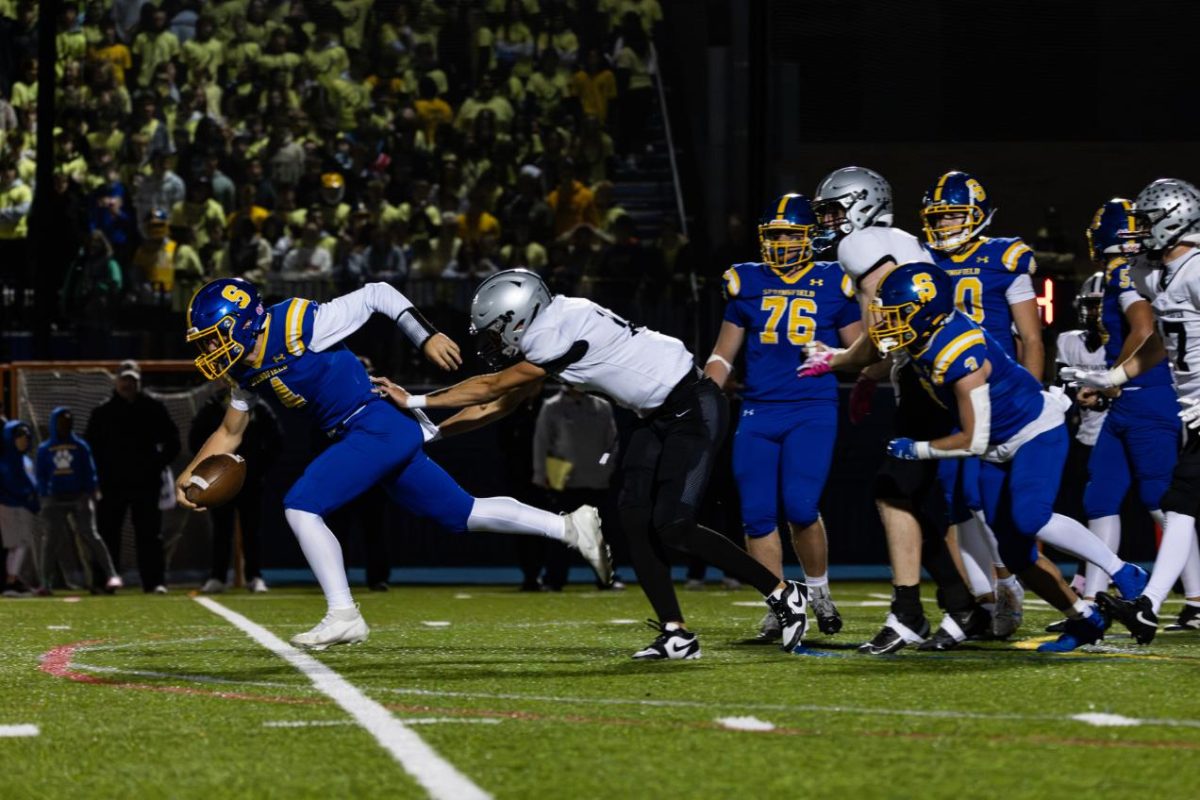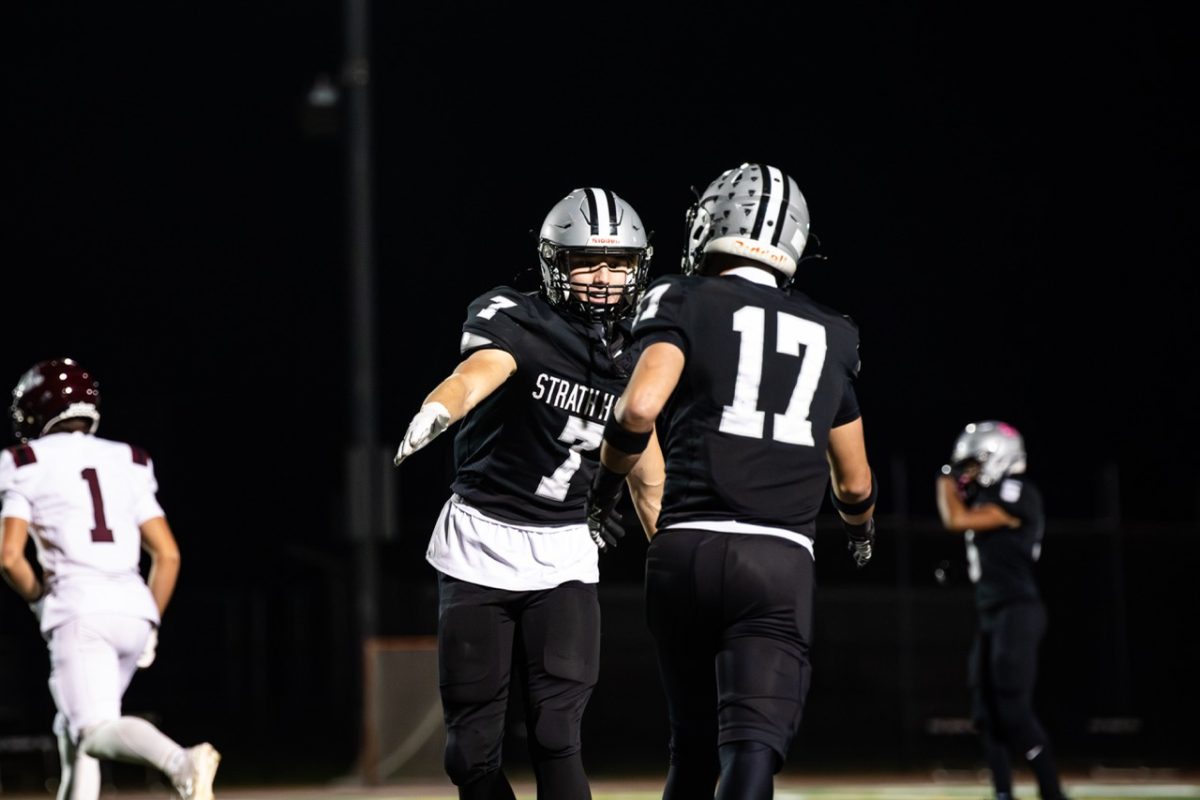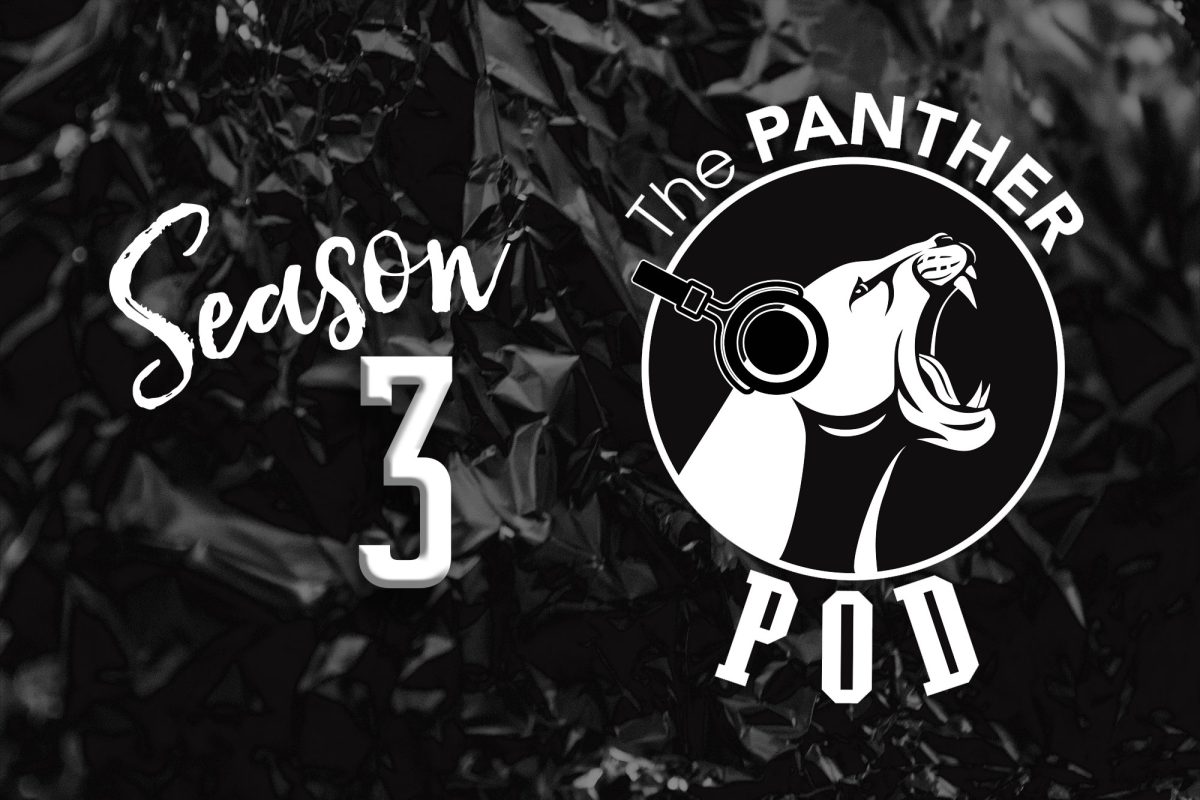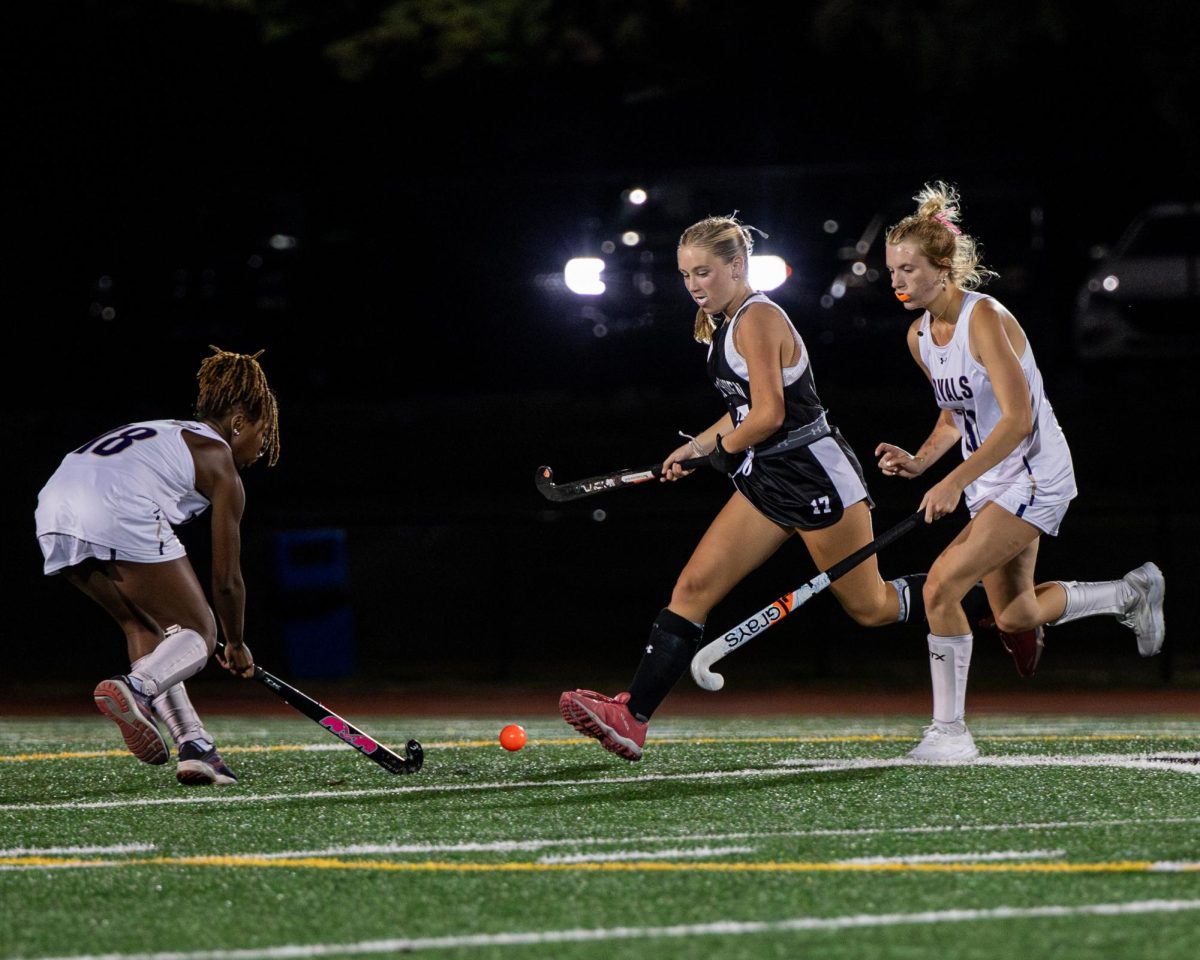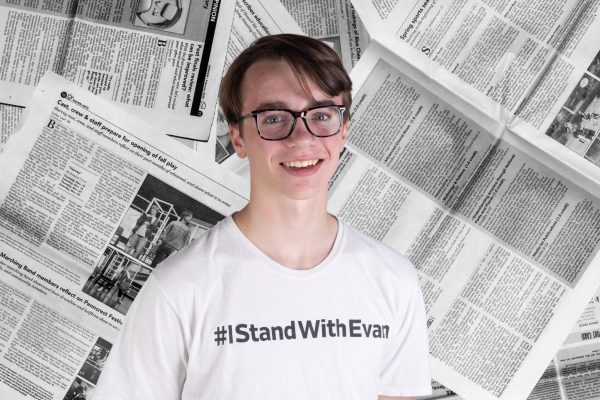Just six months after installing new artificial turf at King Field, the WSSD School Board is exploring the idea of installing a second field below the gym.
The District’s growing use of turf comes amid an ongoing national debate about the safety risks associated with chemicals found in artificial turf.
Last spring, the board approved a $1.12 million project to replace the worn-out turf at King Field. The dissenting member of the board, Ms. Nanette Whitsett, expressed concern at the time that the artificial turf might contain PFAS, or polyfluoroalkyl substances, a family of “forever chemicals” that some studies link to cancer and other health concerns.
Her concerns came despite assurances from FieldTurf USA, the turf company.
“I know that the company has said that the [PFAS] are minimal and that it holds no risk to the student-athletes, but [it does] pose a risk to them playing on it,” she said at the public meeting in March 2023, citing injury concerns and concerns about the temperature of the turf, as well as various health problems that have been linked to PFAS exposure.
Whitsett prioritized the importance of student safety as a reason for not installing the field.
“I’m just asking that before we vote yes for this, that we consider some of the environmental and health issues that can affect our athletes as they grow older. So for four years, they play on this turf, and then when they go to college they all of a sudden have liver problems, thyroid issues,” Whitsett said.
Whitsett did not respond to an inquiry for this article.
According to Board Vice President Kevin Henry, the District trusted FieldTurf USA’s statements that the turf contained no PFAS and chose it over other companies for that reason. If the District elects to install a second turf field, Henry said they would look to a company that could make the same promises.
“The new turf fields that go in, they don’t have those contaminants in the new fields, and we got that in writing from the company,” Henry said.
Artificial turf has caused its share of controversy in the past year. In September 2023, NFLPA, the NFL Player’s Union, called for artificial turf fields to be replaced by natural grass. Last March, the Philadelphia Inquirer published an investigation in which they found PFAS in the turf that was installed at Veterans Stadium from 1977 to 1981. Six former Phillies who had played on the turf died of glioblastoma, a rare and aggressive form of brain cancer.
FieldTurf USA, the same turf company contracted for King Field, has had its record called into question.
According to an August 2022 report in the environmental news outlet E&E News in Portsmouth, New Hampshire, FieldTurf USA installed a turf field approved on the premise that it did not contain PFAS chemicals.
However, once the turf had been installed, testing by local advocacy group Non Toxic Portsmouth later confirmed that there was indeed PFAS in the turf.
Director of Buildings and Grounds Mr. Bob Maloney, who has been involved in the installation of four turf fields, said artificial turf contains crumb rubber, the black pellet infill in the turf made from recycled tires.
“What’s in it? It’s a synthetic grass infilled with two types of material: a sand mixture, and then crumb rubber,” Maloney said.
Henry confirmed that the field contained crumb rubber.
“It’s not like it’s made of good stuff,” Henry remarked.
A Yale University study published in 2019 suggested crumb rubber turf fields may contain carcinogens.
FieldTurf USA declined to comment for this article.
Environmental advocacy group Public Employees for Environmental Responsibility (PEER) science policy director Kyla Bennett has worked with environmental groups battling turf fields in their communities. Bennett slammed the use of crumb rubber in the field, citing safer alternatives.
“There are a lot of infills . . . that are not made with tire,” she said, noting some infills use walnut shells or coconut husks. “I’m shocked that your town is using that. Having crumb rubber with the artificial turf is the worst possible combination.”
These were the same concerns raised by Whitsett last year at the school board meeting.
“The fake blades and black crumbs that hold them together routinely break down. The particles become airborne and are inhaled. Bad for our respiratory system. There have been studies that show the introduction [of the broken down turf particles] into the respiratory system and then to the nervous system, it has been associated with brain cancer,” Whitsett said at the meeting.
It is important to note that no direct link has been proven between PFAS exposure and a higher risk of cancer, and the topic remains the object of significant debate within the scientific community.
In response to Whitsett’s concern, other board members noted that the previous turf on King Field had reached the end of its useful life.
But the proposed new field below the gym would be replacing a grass field rather than an aging turf field.
The current grass fields present different concerns. According to Maloney, the district had contracted consultant group ELA Sport to assess the quality of their athletic fields. The report found the grass fields to be in poor condition.
“[The report] was pointing in the direction that we should have a second [turf] field,” Maloney said.
One main reason that the old King Field wore out so quickly was that it was used so frequently. According to Henry, the second field originated as an idea to reduce the usage of King Field.
“We realized how and why it was worn out so quickly,” Henry said. “So we’re trying to brainstorm ideas. How can we prevent that again, because it’s so expensive? And that came at the same time we got a report on our grass fields and the poor condition a lot of them were in. And so we were trying to discuss: How can we better utilize our fields? And one of the ideas was if you had a second field, football could practice on that, or band, or field hockey could practice on that instead of King Field.”
The second field would work in conjunction with the maintenance of King Field to extend the lifespan of the field.
However, Kyla Bennett of PEER, speaking generally about turf fields, said she believes the need for turf maintenance signals a bigger problem.
“One of the things they have to do is add more infill,” Bennett said. “They have to add hundreds and hundreds of pounds more every year. You have to ask yourself, ‘Where did all that stuff go?’ Where it went is off the field. It blew off, or it came off with rain or precipitation, and it’s in all the adjoining areas, and that is called pollution. And each one of those little pieces of plastic that blows off that field or drains off that field is a little toxic time bomb filled with all those chemicals.”
Maloney’s position is that consistent maintenance of the turf keeps the crumb rubber in the field.
“The biggest thing on turf is maintenance, and that’s done internally by my staff,” he said. “Turf needs to be groomed and groomed to ensure that the crumb rubber stays within the playing surface. Turf fields can last a long time, especially if they’re maintained correctly.” Henry thinks the field could last even longer if it had a counterpart.
“It would [extend the life of King Field] in the sense that it takes pressure off of King Field,” Henry said.
Athletic Director Lynelle Mosley felt that a second turf field would help greatly.
“Would we love to have new turf down there? Absolutely. It would open a lot of opportunities up for us as far as practice and games,” Mosley said.
When asked about concerns related to turf and PFAS, she alleged that harmful chemicals could be found in places other than artificial turf as well.
“I’m sure there’s harmful stuff everywhere in the world,” she said, regarding PFAS and turf.
The field would be part of the renovation project that involves the removal of the trailers, among other things.
At the January 3 Facilities and Finance Meeting, a second turf field was added to a list of renovations included in the project. However, not all of the renovations currently listed are likely to stay in the project.
“You kind of come up with a wish list, right? And then you kind of narrow it down,” Henry said.
According to Maloney, the field is one of seven top priorities.
These priorities include the removal of the trailers, renovated life skills classrooms, renovations to the locker rooms, renovations to the library, renovations to the media center, an auxiliary gym, and of course, a new turf field.
Despite being top priorities, it is unlikely that all of the renovations will come to be.
“It’s all based on budget. How many dollars we have, what we can spend. That’s the driver. It’s all about money,” Maloney said.
While the decision has yet to be made, two renovations seem to stand out above the others.
“I would say the modulars, and then the life skills area are the two top non-negotiables,” Maloney said.
Henry stressed the fact that the renovations would take time.
“These things take time. There’s a lot of planning stages. There’s a lot of financing. There’s a lot of public presentations… It’s a long-term project for sure,” Henry said.
The School Board is still considering whether or not to install the field.
“You do the pros and cons and you see what comes out of it,” Henry said. “That’s why no decision really has been made. It’s not only financial, it’s environmental. It’s also the architects. I mean, like, does it even fit? Are you able to structure it so that the water runoff is correct? Those are all questions that have not been answered yet.”




